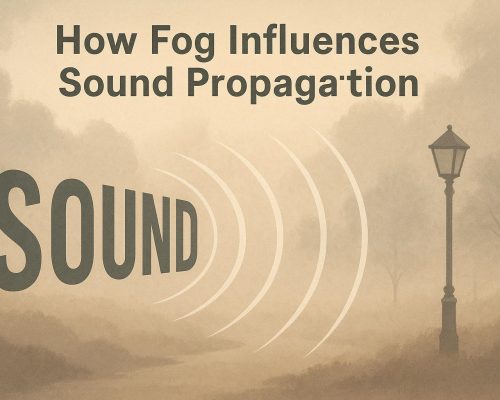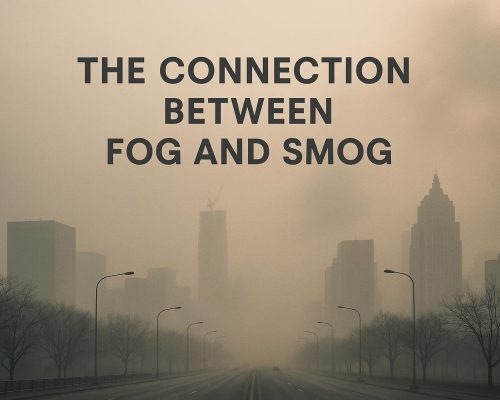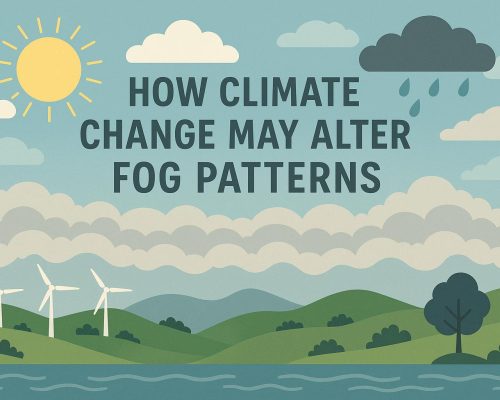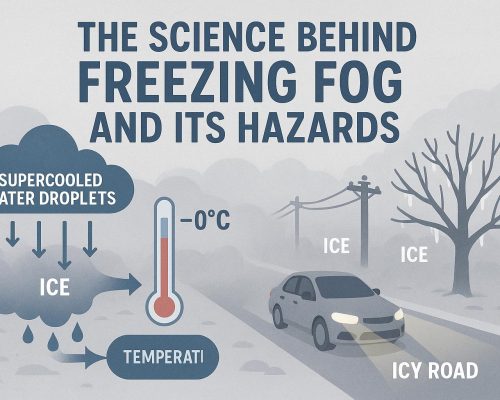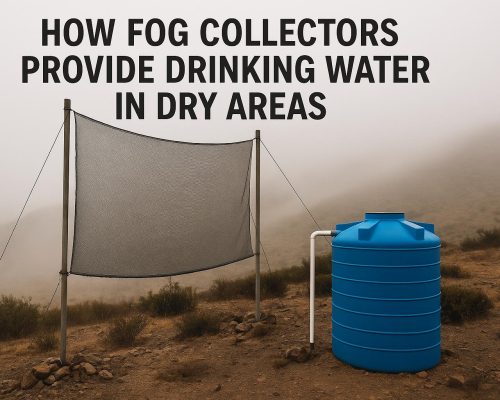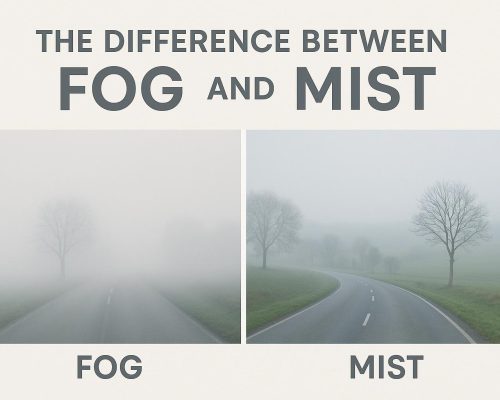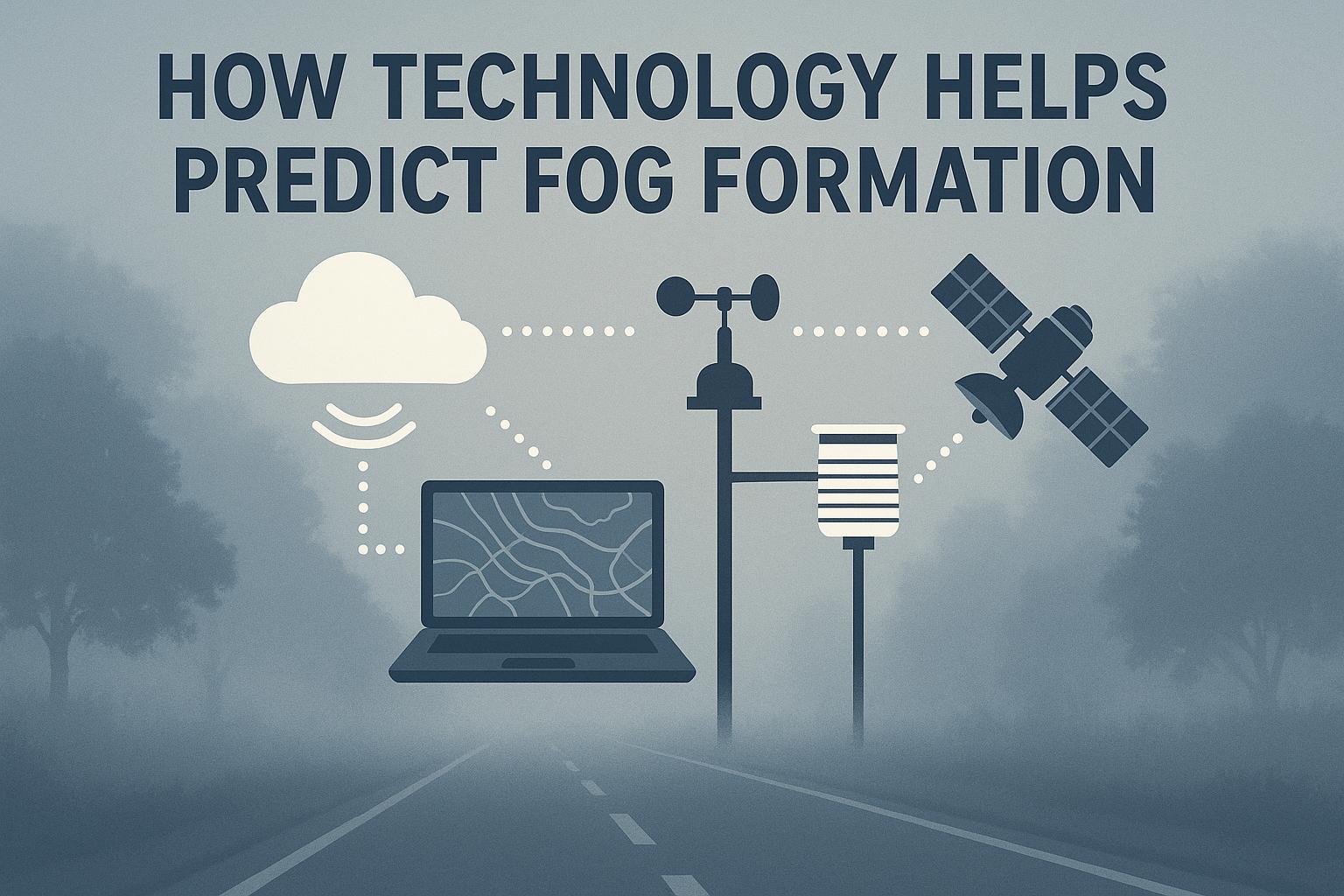
How Technology Helps Predict Fog Formation
The Role of Technology in Fog Prediction
Weather forecasting has evolved dramatically over recent years, becoming increasingly reliant on technology to predict different weather phenomena, including the elusive formation of fog. This advance is critical since understanding and accurately predicting fog is essential for minimizing disruptions in transportation—particularly aviation—and ensuring safety across various sectors.
Understanding Fog Formation
Fog is essentially a cloud that forms at ground level when water vapor condenses in the lower atmosphere. It can form under various conditions such as temperature inversion, high humidity, and calm winds. Predicting when these conditions will align to produce fog is complex, making technology an invaluable resource.
Advanced Meteorological Models
Modern meteorologists utilize sophisticated models that incorporate a range of data to simulate and predict weather patterns. These numerical weather prediction models leverage mathematical equations to forecast the development of weather systems. By integrating real-time data from sources like satellites, radar, and surface observations, these models have improved the accuracy of fog predictions.
Satellite Observations
Satellites are crucial for monitoring atmospheric conditions globally. They gather vital data on factors like temperature, humidity, and cloud movement. When processed through advanced algorithms, this information helps identify areas with potential fog formation. Modern satellites, outfitted with instruments like the Advanced Baseline Imager (ABI), provide high-resolution images and data, enhancing the ability to accurately predict fog.
Lidar and Radar Technologies
Ground-based technologies like Lidar (Light Detection and Ranging) and Radar are essential in detecting fog. Lidar employs laser beams to measure distances and detect airborne particles, offering precise data on fog density and visibility. This technology is especially beneficial in airports for the secure management of take-offs and landings.
Artificial Intelligence in Fog Prediction
The integration of artificial intelligence (AI) in meteorological data has further refined fog predictions. AI algorithms can quickly analyze vast datasets, identifying patterns and correlations that might not be immediately evident to human forecasters. Machine learning models, a subset of AI, are particularly effective in using historical weather data to forecast future fog events.
The Importance of High-Resolution Models
High-resolution weather models are indispensable for efficient fog prediction. These models break down the atmosphere into small grids, providing detailed insights into microclimates and local geographical features. This level of detail allows for more accurate forecasts, benefiting sectors such as agriculture, transportation, and public safety.
Impact on Transportation and Safety
Accurate fog predictions are crucial for transportation and public safety. In aviation, real-time fog forecasts assist in flight planning and help minimize delays. Other transportation sectors, like road networks and shipping, also gain from precise fog predictions, which reduce the risk of accidents and ensure smoother operations.
Future Directions in Fog Prediction
As technology continues to progress, so will fog prediction capabilities. Future advancements may include more sophisticated satellite instruments and the incorporation of big data analytics to further refine predictions. Additionally, the expanded use of IoT (Internet of Things) devices could provide more localized weather data, further enhancing the accuracy of forecasts.
In conclusion, the application of technology in fog prediction has significantly improved our understanding and ability to forecast this complex weather phenomenon. With ongoing advancements, the aim remains to enhance safety and diminish disruptions caused by fog across various industries. For further exploration into advancements in weather technology, resources such as those from the National Oceanic and Atmospheric Administration (NOAA) are valuable.

